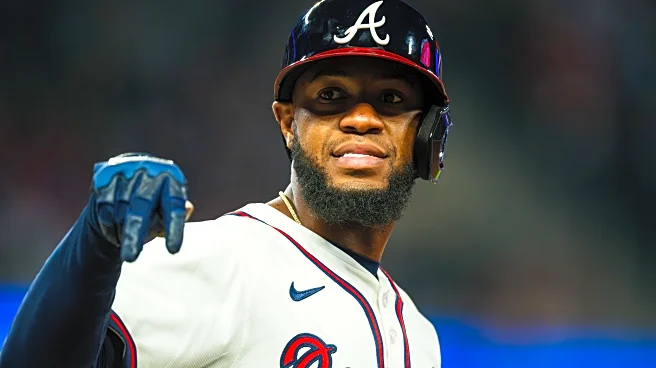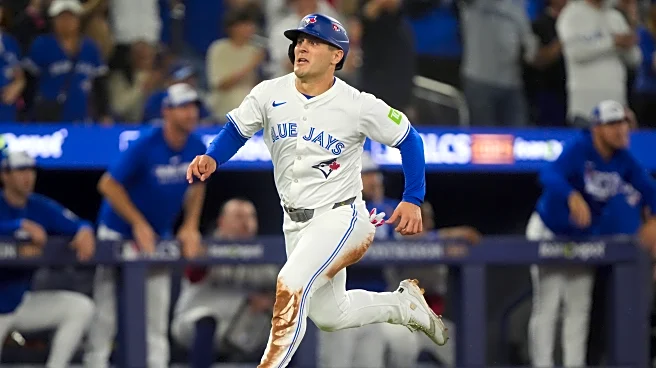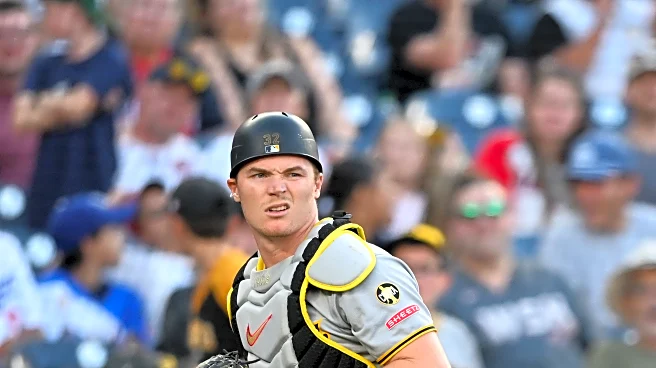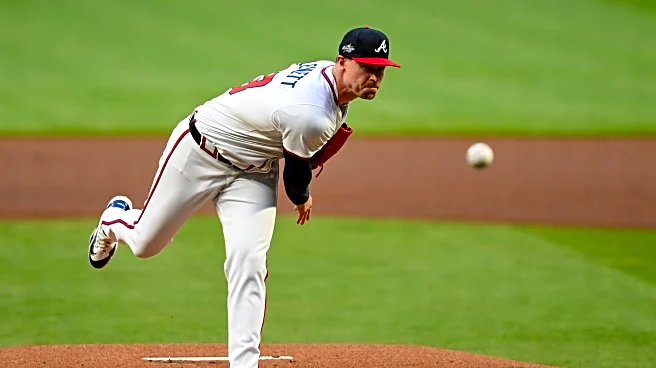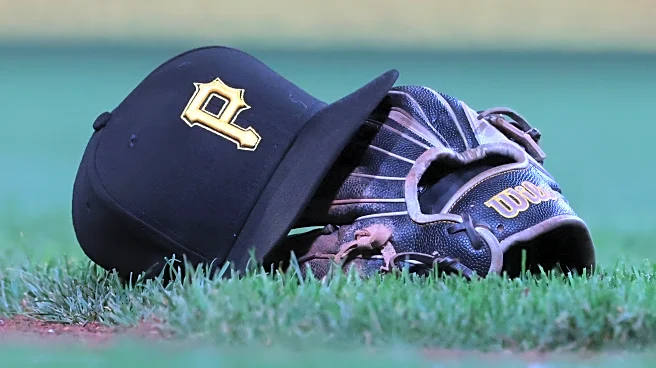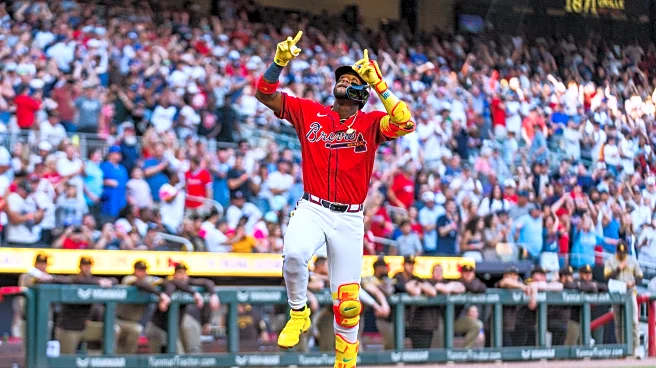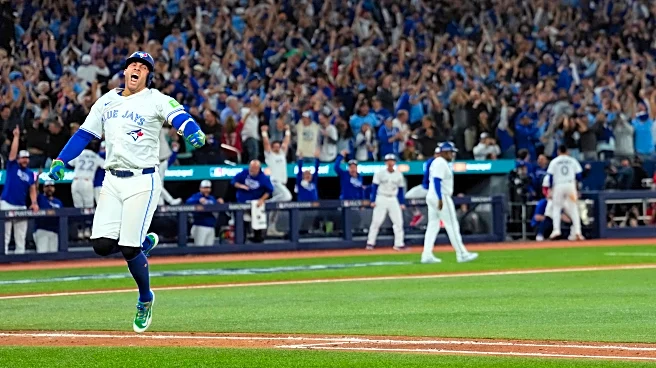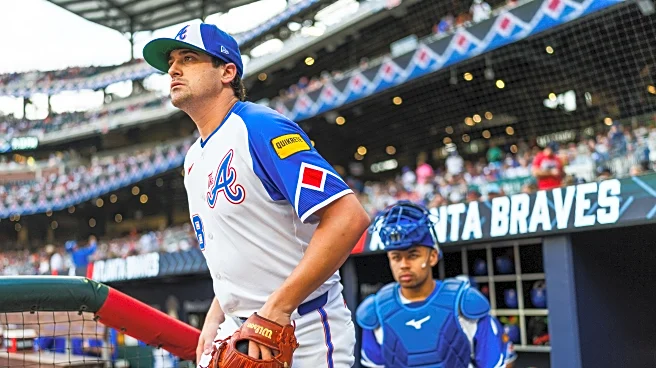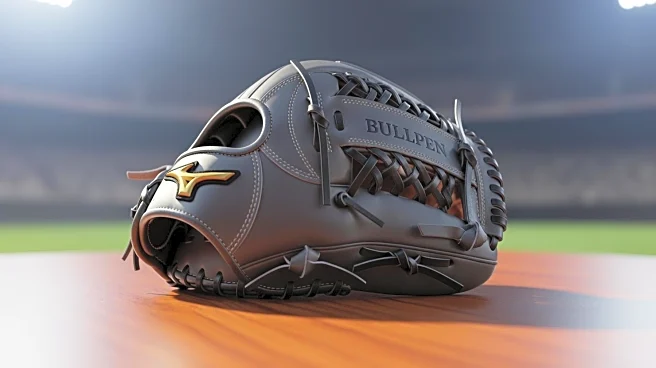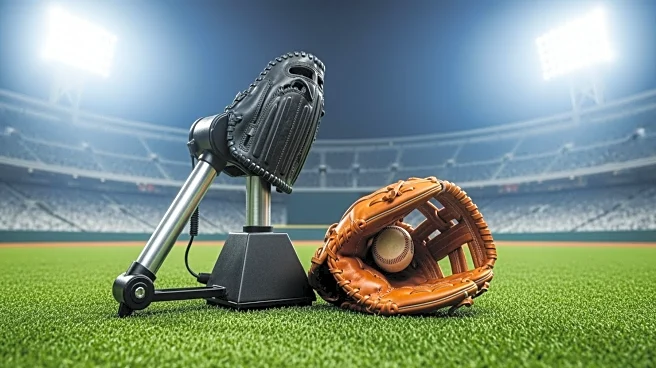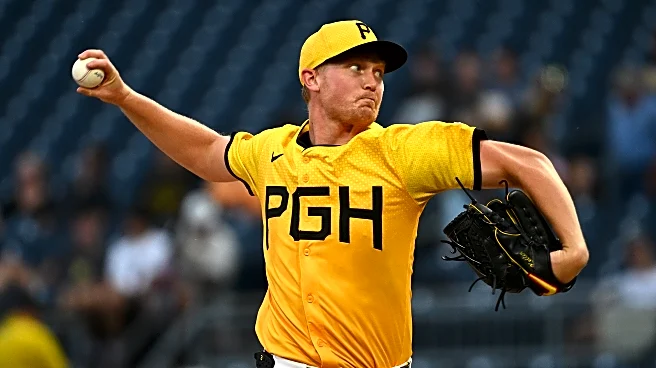Going into the season, outfield depth looked like it was a strength for the Atlanta Braves, at least in the number of somewhat-recognizable names you could list off beyond the starting trio. The Braves had
an outfield full of All-Star level talent once Ronald Acuña Jr. came back, especially since they addressed left field with Jurickson Profar. They also had Jarred Kelenic as depth, Alex Verdugo, and Eli White could play all over the field. Bryan De La Cruz was another one of those names.
How acquired
Because of said depth, they offered Bryan De La Cruz a one-year, non-guaranteed contract in the middle of December 2024. Given the eventual injury and suspension woes in the outfield, this signing had the potential to be, if not brilliant, then at least inspired — provided that De La Cruz ended up being useful.
What were the expectations?
Considering his contract was non-guaranteed, it pretty much goes without saying that the expectations were low. He was purely depth. Any positive value he brought was icing on the cake, if you will.
De La Cruz was productive with the bat as recently as 2022, with a .252/.294/.432 power-oriented line that was good for a 99 wRC+ in Miami’s cavernous ballpark across 355 PAs. He substantially underhit his xwOBA that year (.355 xwOBA, .313 wOBA), and then did so again next year (.331 xwOBA, .309 wOBA) in a sub-replacement full-season performance. The wheels were falling off slowly, as his xwOBA slid to .323 with Miami in 2024, and then the bus careened into a flaming wreck after a Trade Deadline deal sent him to Pittsburgh (sub-.250 xwOBA and wOBA). The Pirates non-tendered him, which wasn’t really surprising given that his horrid performance for them pushed him into sub-replacement territory for his career.
He was projected for replacement-level performance, and while he wasn’t much of a platoon option for Jarred Kelenic given just a .330 xwOBA against lefties in his career (that he underhit pretty consistently), it was definitely last-guy-on-the-bench territory. De La Cruz has consistently been a horrible outfielder, so there was no flexibility upside here, he was just a depth bench bat guy.
2025 results
Although the expectations for De La Cruz were low, there was some hope that Braves PowerPoint.pptx or something similar could resuscitate his career a bit, even though he was already kind of a generic accept whiffs for power guy, just not very good at it.. But, none of that happened.
De La Cruz got a bit of an opportunity with Profar’s suspension and started ten games in a row in Games 5 through 14 of the season, and got a few starts after that as well. But, it was all a disaster. To describe his 50 PAs as a struggle would be an understatement, as he posted a 27 wRC+ that, surprise surprise, also was the result of substantially underhitting his xwOBA. Guy can’t catch a break, even when he’s not doing anything effective, either. He finished with -0.4 fWAR, his third straight sub-replacement level season.
De La Cruz was optioned to Gwinnett on April 17, had another 43 miserable PAs there, and then got DFAed and claimed by the Yankees. He spent the rest of the year doing a mediocre job for their Triple-A team, even choosing to accept an outright assignment when the Yankees needed space on their 40-man roster.
What went right?
Basically nothing, but at least he wasn’t horrible defensively. In his career, De La Cruz has right about 3,500 outfield innings, and has cost his team 21 OAA-based runs, which is akin to losing more than half a win even relative to an average corner outfielder per 1,000 innings, which isn’t even a full season. So, the fact that he managed to not cost his team a run defensively in the few weeks that he was playing is a win. Sort of. Would he have managed to return to his standard poor defense if he had more than 90 innings in the field? Yeah, probably. But we’ll take it.
We’ll also take the fact that in 16 games for the Braves, he had three games with a positive WPA, which is more than zero. His best game WPA-wise came on April 1, where a Mookie Betts error on a ball he put into play led to the Braves’ only run of the game. (He also drew a leadoff walk later in the game.)
His best play WPA-wise came the next day, also on an error, this time by Max Muncy.
Just to be clear: twice in two days, De La Cruz hit into what could’ve been a routine out or two to end the inning, but turned into a run. And those were his two most meaningful contributions to the Braves’ season. (He got thrown out at home after reaching on the error in the second game.)
What went wrong?
We talked about his terrible offense already. It was so poor that the Braves optioned him as soon as Alex Verdugo was able to be recalled. It then turned out that he was claimed on waivers without any announcement of a DFA.
Probably the most emblematic thing about his season was a sequence on April 11 when the Braves loaded the bases in the top of the first against Taj Bradley. That brought up De La Cruz, who struck out on four pitches, leaving it up to Kelenic, who also struck out on four pitches. Yeah, that’s pretty much how the outfield depth worked out for the Braves.
In the end, it was a low-risk signing, and the few games that De La Cruz appeared in were more a sign that the Braves were hurting roster-wise. De La Cruz was not anywhere close to a big factor in why the Braves missed the playoffs, but he could’ve been one of those random low-risk signings that pays dividends, and he just absolutely wasn’t.
2026 outlook
After spending some mediocre times in Scranton/Wilkes-Barre for the Yankees, De La Cruz chose to elect free agency after the season ended. He’ll look for another opportunity and Spring Training invite somewhere. He’ll only be in his age-29 season next year, but he’s gotta start hitting fast or he’ll stop getting opportunities altogether.
